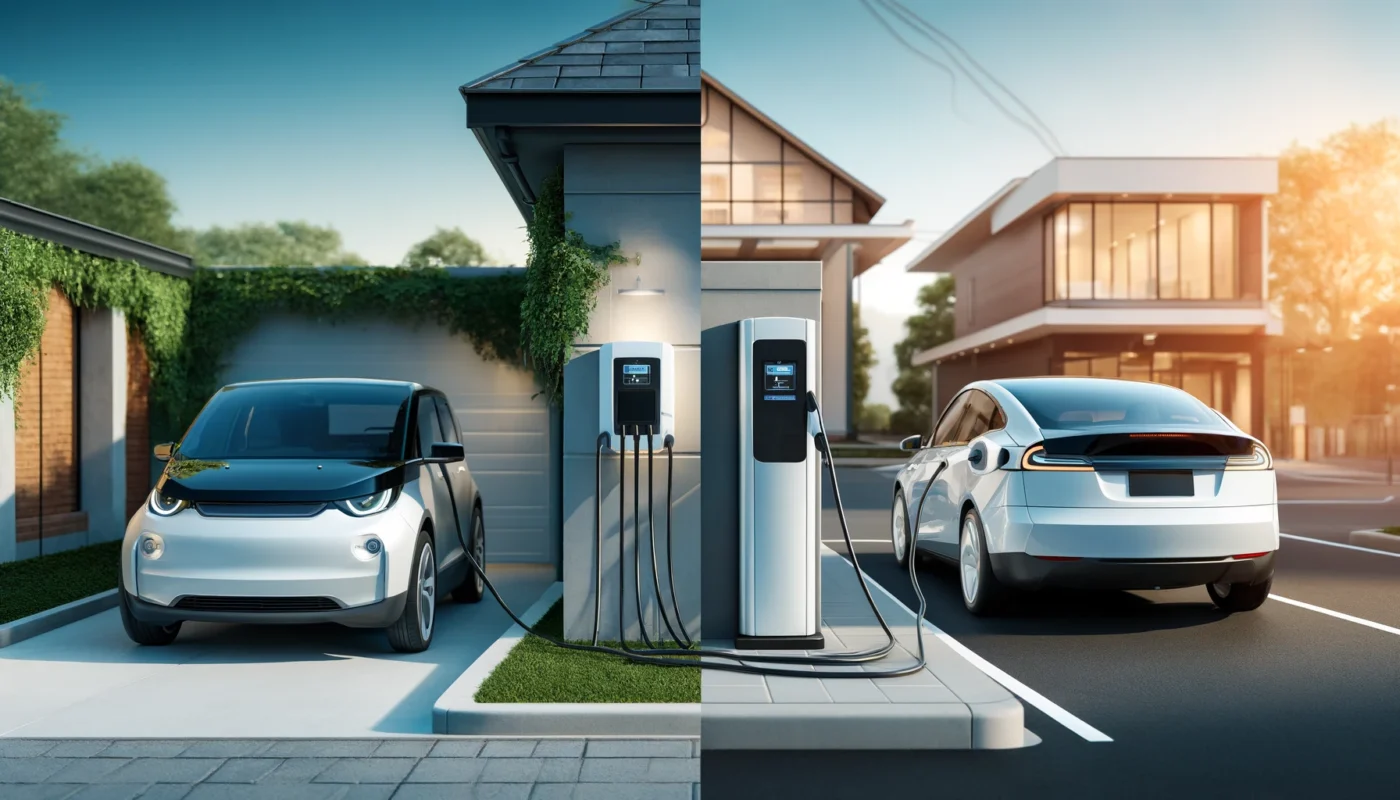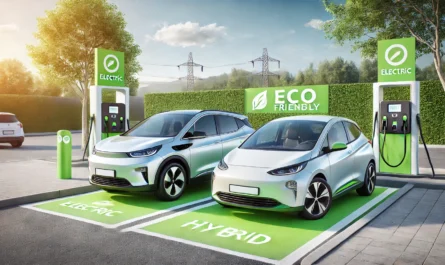Electric vehicles (EVs) have revolutionized the way we think about transportation, and understanding how to charge an EV—whether at home or on the road—is essential for current and prospective owners alike. Charging an electric vehicle offers both flexibility and environmental benefits but requires a clear understanding of available options, from home installations to public charging stations. This guide explores everything you need to know about EV charging, with insights into the best setups, costs, and charging practices that ensure a seamless driving experience.
Why Charging at Home is Convenient
Charging your EV at home offers unmatched convenience and control over when and how much you charge. Unlike gas-powered cars, electric vehicles can “refuel” while you’re sleeping, providing a full battery each morning. This process not only saves time but also reduces trips to charging stations. Home charging can be more economical, especially if you have access to lower electricity rates during off-peak hours. For EV owners looking to maximize ease and save on fuel costs, home charging is an ideal solution.
Understanding EV Charging Levels
Electric vehicle charging is divided into three main levels, each with varying power outputs and charge times:
- Level 1: Basic charging using a standard 120-volt outlet, which is slow but accessible without additional installation.
- Level 2: Higher output from a 240-volt outlet, significantly reducing charging time and typically requires dedicated installation.
- DC Fast Charging: Designed for rapid charging on the go, available at public stations, providing substantial charge within minutes.
Understanding these levels helps you decide which setup suits your lifestyle and needs.
Home Charging Essentials
To set up an EV charger at home, you need a compatible power source and potentially some installation work for Level 2 setups. While Level 1 charging can work with any standard outlet, Level 2 chargers require a 240-volt outlet, often used for large appliances like dryers. Many homeowners find Level 2 charging an efficient balance of convenience and speed, offering full charges within 4-10 hours depending on the vehicle.
Level 1 Home Charging Explained
Level 1 chargers are plug-and-play, utilizing standard outlets available in any home. Though slow, delivering approximately 3-5 miles of range per hour, Level 1 charging is cost-effective and often sufficient for those with shorter daily commutes or overnight charging routines.
Level 2 Home Charging for Faster Results
For those needing faster home charging, Level 2 chargers offer up to 25 miles of range per hour, a significant improvement over Level 1. These chargers require professional installation of a 240-volt outlet, which can incur some upfront costs but quickly becomes worthwhile for frequent EV users.
Costs of Installing a Home EV Charger
The costs of home charger installation vary depending on your location, the charger type, and your home’s electrical capacity. Typically, a Level 1 setup incurs minimal costs, as it doesn’t require a new outlet. Level 2 installations can range from $500 to $2,000, including labor and the charger itself. While this initial investment might seem steep, the long-term savings on fuel and the convenience of charging at home make it a worthwhile choice for many EV drivers.
Types of Home Charging Stations
Home charging stations come in various models and styles, from basic plug-in units to advanced smart chargers with features like Wi-Fi connectivity, energy monitoring, and scheduling. Choosing a station depends on factors like budget, charging speed requirements, and your car’s compatibility. Popular brands include ChargePoint, JuiceBox, and Wallbox, which offer diverse models suitable for various EV makes and home setups.
Using Solar Panels for EV Charging at Home
Some EV owners invest in solar panels to power their home chargers, combining sustainable energy with electric transportation. While the initial cost of solar installation is substantial, the potential savings on electricity and the environmental benefits are compelling reasons to consider this renewable energy source.
Understanding Smart EV Chargers
Smart chargers provide more than just a faster charge; they also offer features like remote control via apps, scheduling, and energy usage tracking. These chargers can help reduce electricity costs by allowing users to charge during off-peak hours. Some smart chargers are compatible with home solar systems, making them an excellent option for tech-savvy, eco-conscious EV owners.
Public Charging Basics
When you’re on the go, public charging stations become essential. These stations are located in places like shopping centers, parking lots, and highways, offering various charging speeds and payment methods. Public chargers can be more expensive than home charging, but they’re vital for long-distance travel or topping up when you’re away from home.
DC Fast Charging for Quick Top-ups
For rapid recharging, DC Fast Charging stations provide significant power, replenishing up to 80% of an EV’s battery within 20-40 minutes. These chargers are located primarily along highways and major urban centers, making them ideal for road trips or emergency top-ups. However, frequent use of DC Fast Charging may impact battery health over time, so it’s best reserved for occasional use.
You Can Also Read : How to Compare Car Features & Specs Using Reviews
Using Charging Networks for Convenience
EV charging networks, like Tesla Supercharger, Electrify America, and EVgo, offer access to numerous stations across the country. Most networks have membership plans that offer reduced charging rates for frequent users. EV drivers can typically find charging stations using apps or in-car navigation, simplifying the process of locating and using these networks.



